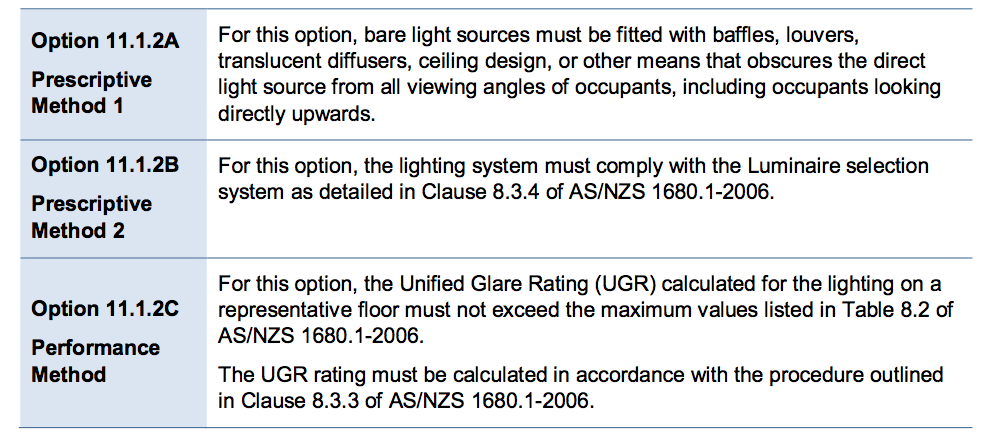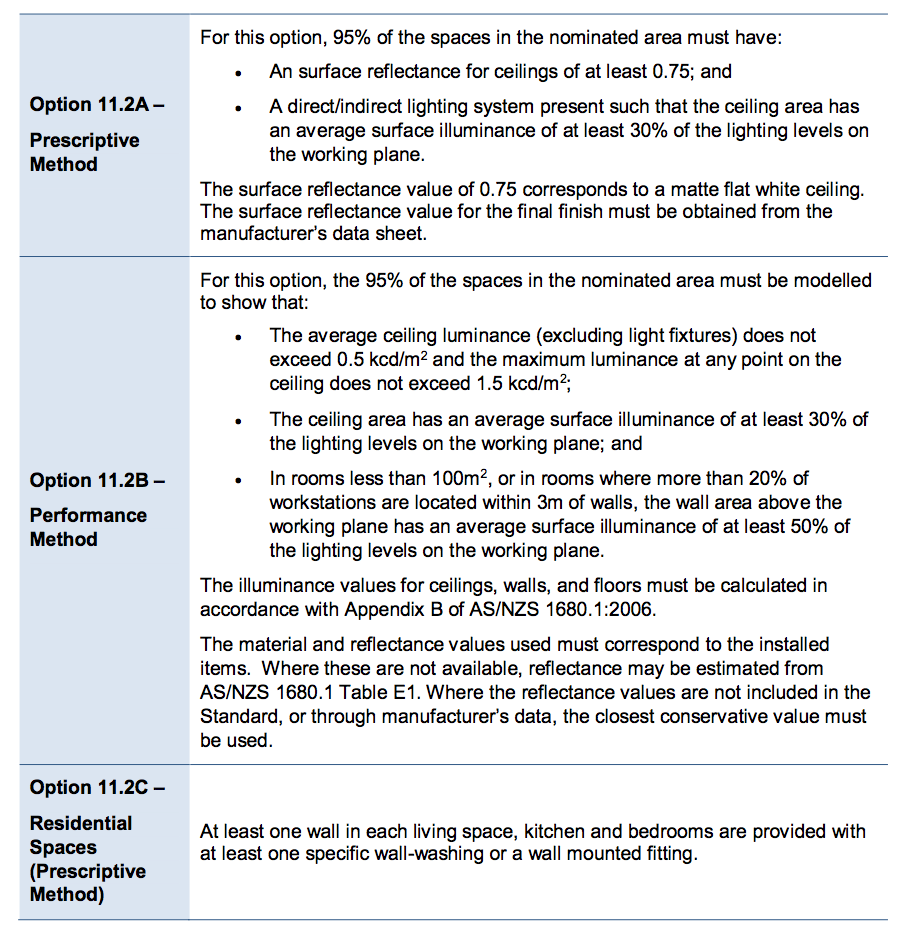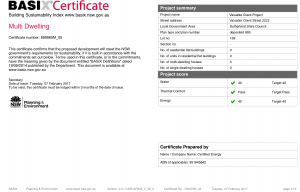It is a minimum requirement of this credit that lights in the nominated area are flicker-free and accurately address the perception of colour in the space.
11.0.1 Flicker-Free Lighting
Flicker-free lighting refers to luminaires that have either:
-
A minimum Class A1 & A2 ballast for all fluorescent lighting;
-
Electronic ballasts for all High Intensity Discharge (HID) lighting;
-
Electronic drivers that feature 12-bit or greater resolution for all Light-emitting Diode (LED) lighting; or
-
High frequency ballasts for all other lighting types, including incandescent (incl Halogen, dichroic (e.g. low-voltage downlights), and High-Intensity Discharge (e.g. metal halide, low/high pressure sodium).
11.0.2 Colour Quality
To address the perception of colour, light sources must have a minimum Colour Rendering Index (CRI) of 80, unless the project team can demonstrate that, in a particular area, the activity is not impeded by a lower CRI. The project team shall support their justification by ensuring their selection complies with the guidance provided in Table 7.2 in AS 1680.1:2006.























